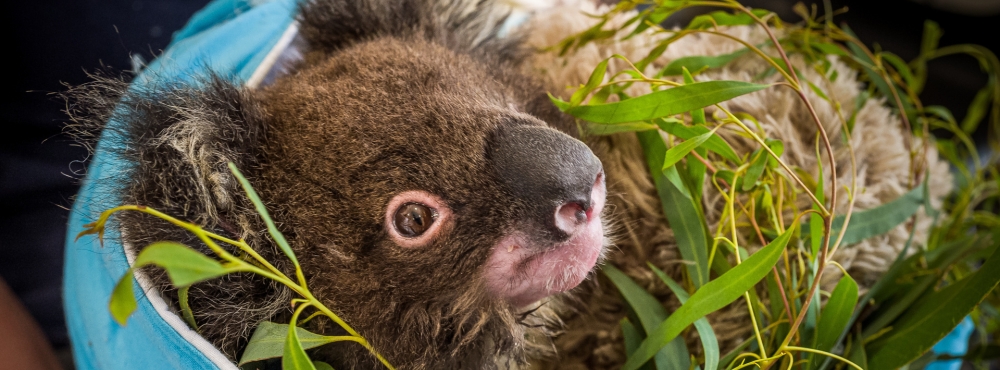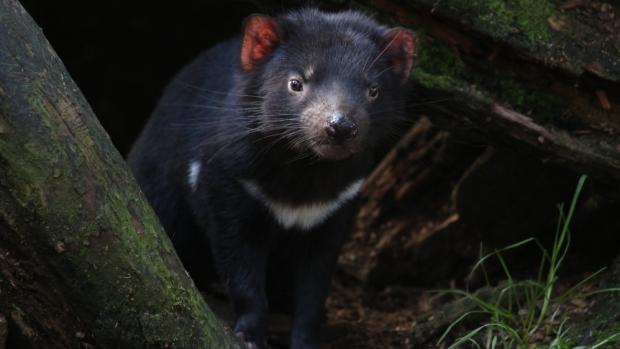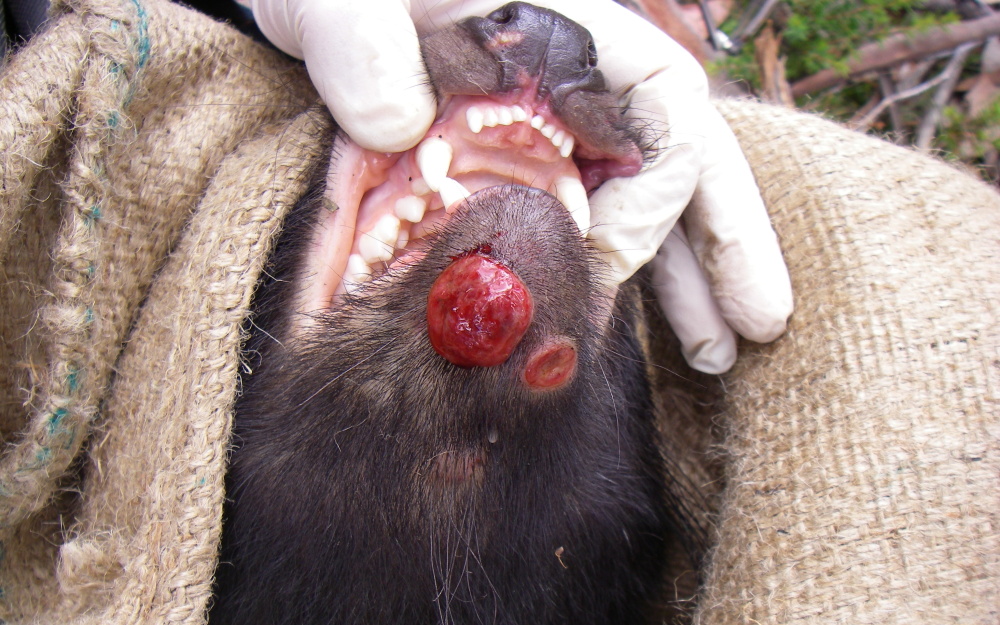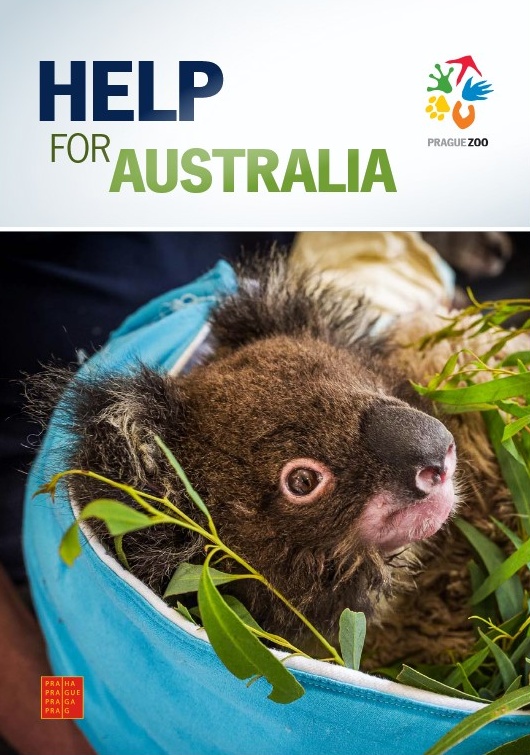Tasmanian devil

The largest carnivorous marsupial still living to these days was once the object of animosity and persecution. Today, it is strictly protected—yet its survival once again hangs by a thread. The reason: an infectious facial cancer.
 Tasmanian devils are remarkable creatures and iconic symbols of Tasmania, playing a vital role in maintaining the island’s ecosystem. Photo: Miroslav Bobek, Prague Zoo
Tasmanian devils are remarkable creatures and iconic symbols of Tasmania, playing a vital role in maintaining the island’s ecosystem. Photo: Miroslav Bobek, Prague Zoo
In 1996, the infectious cancer began to spread across Tasmania and decimate the devils. It was named DFTD (Devil Facial Tumour Disease). Cancer cells are transferred from diseased to healthy devils through biting. Most animals die within six to twelve months. In some places, the Tasmanian devil population has dropped by 95 % in just 20 years!
So far, there is no cure for the disease. The threat of extinction is so serious that the struggle to rescue the devils even takes place at the government level. In 2003, the Australian and Tasmanian governments initiated the Save the Tasmanian Devil Program, which aims to preserve a permanent and ecologically functional population of devils in the wild.
Individuals affected by Devil Facial Tumour Disease develop ulcerated lesions on the face and in the mouth, which interfere with feeding and other essential behaviours, eventually leading to death. Photo: Samantha Fox
As part of the “Save the Tas manian Devil Program”, several dozen healthy individuals have been translocated to Maria Island, located 4 km off the Tasmanian coast. Famous for its Painted Cliffs, Maria Island is uninhabited and protected as a na tional park. Devils have never lived here, so the disease is absent. They roam freely, retaining all their natural behaviours and instincts. Since the first individuals were released, they have thrived, and their numbers have grown to the point where the population can now serve as a source for reintroductions to other areas of Tasmania. The island population is thus maintained at around 70 to 80 individuals.
Prague Zoo has joined the project on Maria Island, supporting both the monitoring of devils and the maintenance of a healthy, genetically diverse population. Thanks to monitoring methods such as camera traps, the project staff are able to keep track of the devils on the island. In addition, the zoo has contributed to the fight against Devil Facial Tumour Disease by supporting the University of Tasmania in the development of a vaccine, and it has also provided financial assistance to the breeding facility in Cressy, Tasmania.
To learn more about the devils and their protection, click here.
Supported programme and institution:
- Save the Tasmanian Devil Program – Department of Natural Resources and Environment Tasmania
- University of Tasmania
Amount:
- AU$ 100,000 for monitoring and maintaining a healthy population on Maria Island, preserving genetic diversity, assessing ecological impacts, and sourcing healthy individuals for reintroductions to other parts of Tasmania
- AU$ 23,999 for the purchase of an off-road vehicle for the Cressy breeding facility
- AU$ 31,000 for the development of a vaccine against facial cancer
Further reading
ZOOPRAHA.CZ
Contacts
- The Prague zoological garden
U Trojskeho zamku 120/3
171 00 Praha 7
Phone.: (+420) 296 112 230 (public relations department)
e-mail: zoopraha@zoopraha.cz
Others










